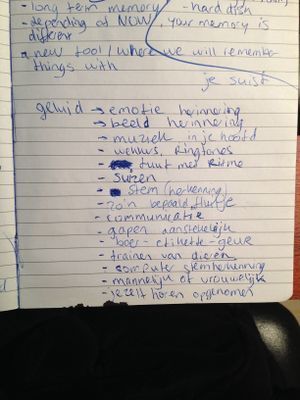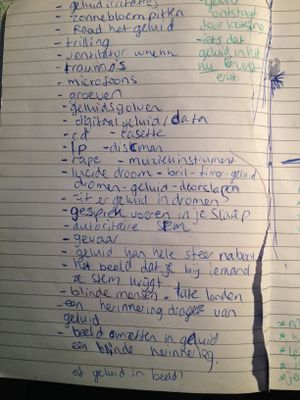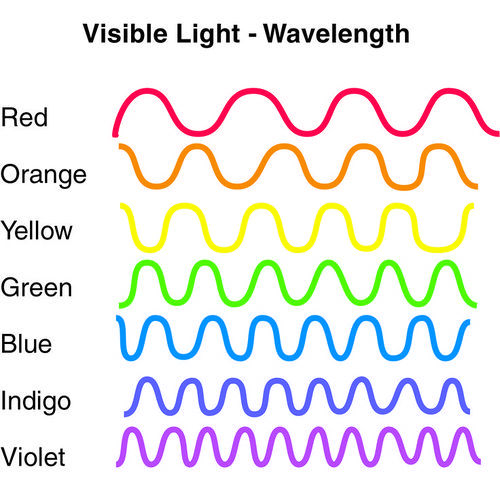User:LV/CRAFTING FUTURE MEMORIES
Stan and Lisa are on the 'Sound' team.
Contents
BRAINSTORM
RESEARCH
- https://en.wikipedia.org/wiki/Colors_of_noise
:
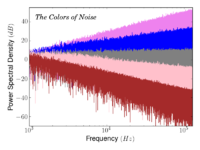
- http://sleepjunkies.com/features/sleep-soundly-with-white-noise/ :
In simple terms, white noise is a special type of sound signal which is used to mask background sounds.
When used to promote healthy sleep, white noise helps to drown out sounds which might otherwise prevent you from either falling asleep or waking up whilst asleep.
- http://web.cs.wpi.edu/~matt/courses/cs563/talks/noise/noise.html

- https://www.youtube.com/watch?t=4&v=3zoTKXXNQIU
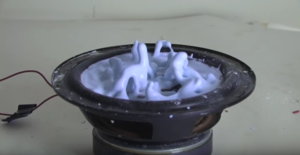
- http://gizmodo.com/5-eye-popping-designs-that-visualize-sound-1465350320
 Tokujin Yoshioka
Tokujin Yoshioka
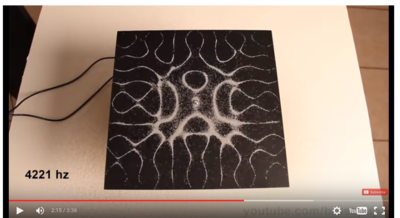 Nikola Tesla / https://www.youtube.com/watch?feature=player_embedded&v=wvJAgrUBF4w
Nikola Tesla / https://www.youtube.com/watch?feature=player_embedded&v=wvJAgrUBF4w
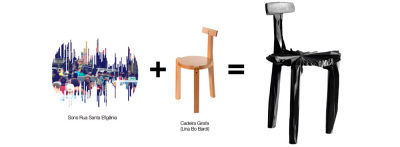 Estudio Guto Requen
Estudio Guto Requen
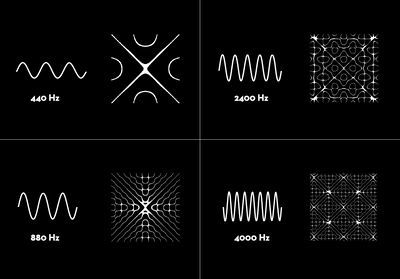 Demian Conrad
Demian Conrad
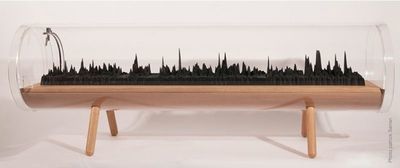 Gilles Azzaro
Gilles Azzaro
- http://www.wired.co.uk/news/archive/2011-04/7/colours-of-noise
Ever wondered why white noise is white? It's not the only colour of noise you can get. There are a handful of others too -- which are used in a variety of different situations, including acoustics testing, electrical engineering and hard physics.
They're separated from each other by their spectral density -- the way the power that the signal contains is distributed over different frequencies. Different spreads are given different colour names, including white, pink, brown, blue, violet and grey. Here's how they differ from each other, and what they tend to be used for.
- our own experiment: playing hertz through a speaker, put a plate of cardboard on top of it and some salt 'n pepa:
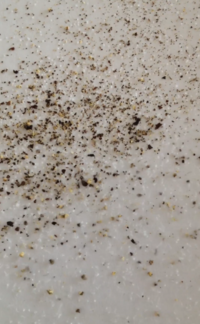 watch it here: https://youtu.be/Es7wi34bbU4
watch it here: https://youtu.be/Es7wi34bbU4
-rafael rozendaal
- lukas maasen
- spectogram -> spek
- autocad -> sound
- hertz on
- ultima sound
- realtime spectogram
- data visualisation of audio
CONCEPT
concept 1:
Make your sound into an abstract art piece - a still image - to remember.
concept 2:
An ardruino with microphone to record your day -> a program that creates an image out of your sound data - your waveforms. Turn this into a functional object.
What kind of waveforms? What kind of object?
concept 3:
To convert something we want to remember forever into something with an added value.
1. A sound with value.
2. A program that converts that sound into data
3. Convert that data into object
Sound -> data -> data visualisation -> product that carries the added value of that sound
concept 4:
A sound with value: the voice of your dearest saying your name-> Lamp that dimms the light according to the soundwaves of the voice
concept 5:
Sound and light both travel as waves.
creating a memory of sound in light: converting sound into light with an arduino.
RESEARCH 2
- https://www.youtube.com/watch?v=dvAiM22WYHY
- http://www.absorblearning.com/physics/demo/units/DJFPh082.html
Sound and light both travel as waves. The properties of these waves differ quite considerably. Sound waves travel a million times slower than light waves. They have wavelengths between 1 centimetre and 10 metres, and will easily diffract round corners. Light waves have much smaller wavelengths, and only diffract through very small holes. This difference is the reason why you can often hear things that you cannot see.
-Light and sound both travel as waves.
Light waves and sound waves are both forms of energy.
Both types of waves change their speed when they travel through various media.
Both light waves and sound waves can be reflected and refracted.
Light waves travel faster than sound waves.
Sound waves travel slower than light waves.
Light waves do NOT require a medium through which to travel
Sound waves require a medium through which to travel.
Light waves can travel through space or in a vacuum.
Sound waves can not travel through space or in a vacuum.
Sound travels best through opaque objects.
Light does not travel through opaque objects.
-http://www.athenna.com/dancing-patterns-of-blue-light-react-to-sound-waves/athenna/web_design/teoria-de-design/
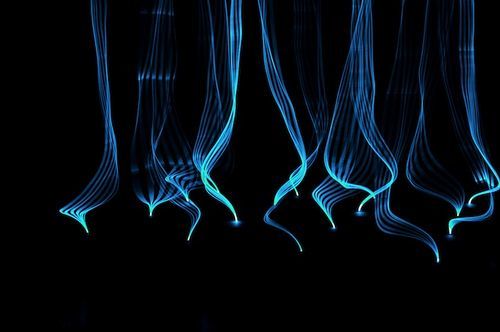 GabeyTjon
GabeyTjon
- https://www.youtube.com/watch?time_continue=128&v=uENITui5_jU
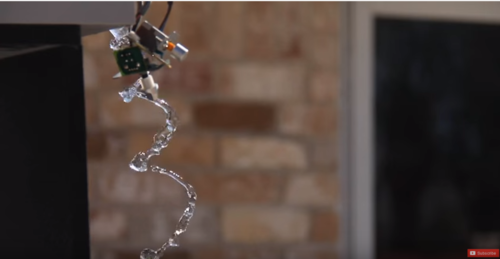
- http://prafulla.net/interesting-contents/science-and-technology/embedded-texts-and-images-into-audio-spectrographs/
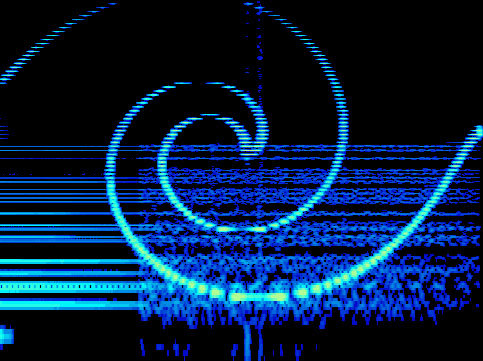 Aphex Twin, hidden message in audio
Aphex Twin, hidden message in audio
-http://www.wired.com/2012/11/human-brain-harmony/
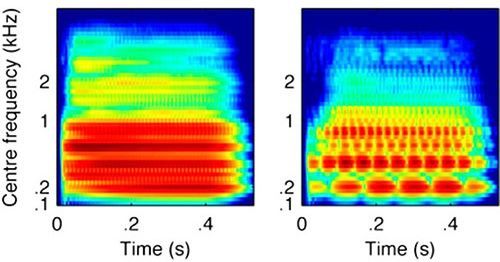 A consonant interval (left) sends a regular sound wave to the brain; dissonance results in an inharmonic spectrum and produces "beating" (right). Image: Cousineau et al./ PNAS
A consonant interval (left) sends a regular sound wave to the brain; dissonance results in an inharmonic spectrum and produces "beating" (right). Image: Cousineau et al./ PNAS
